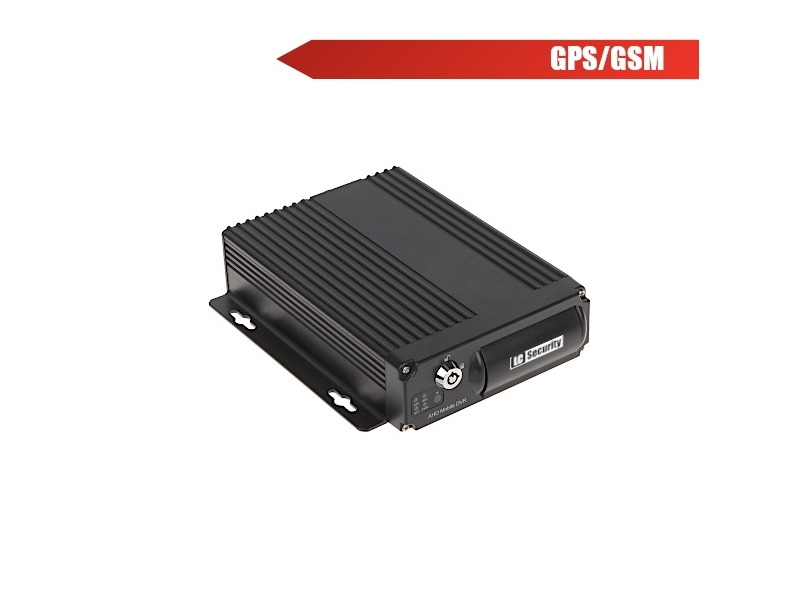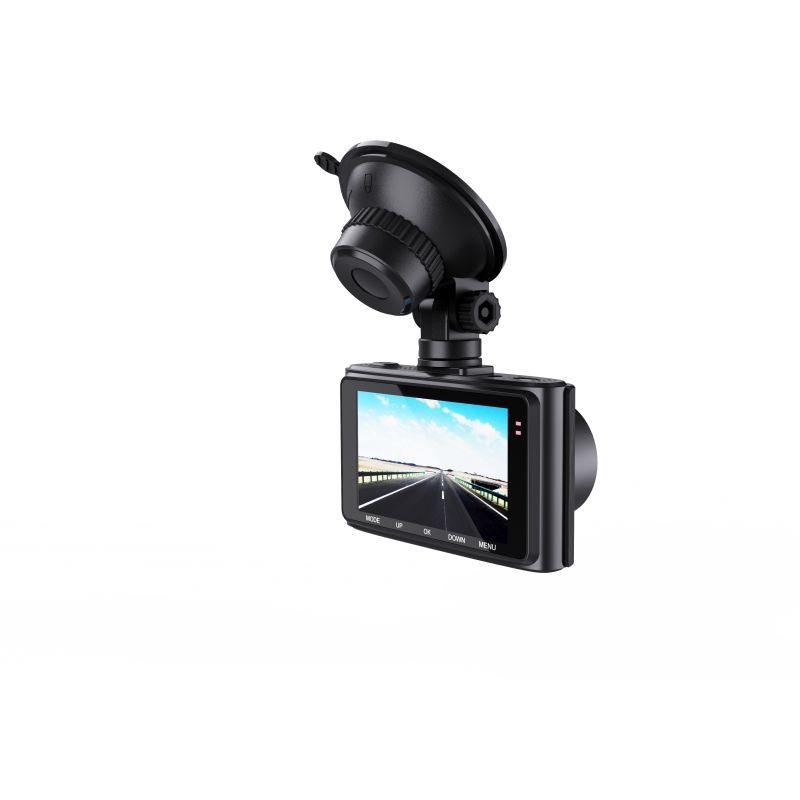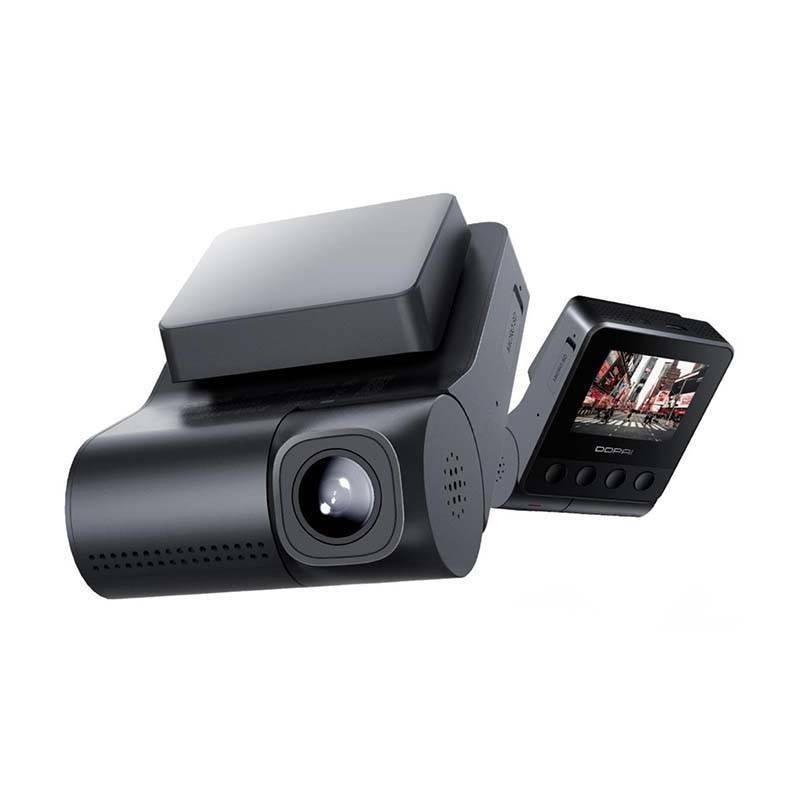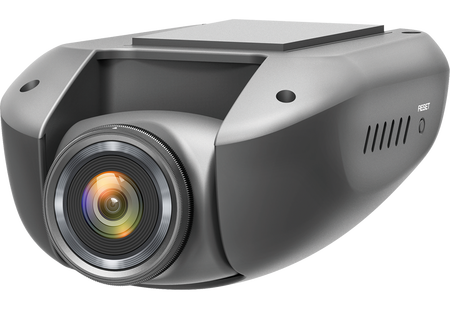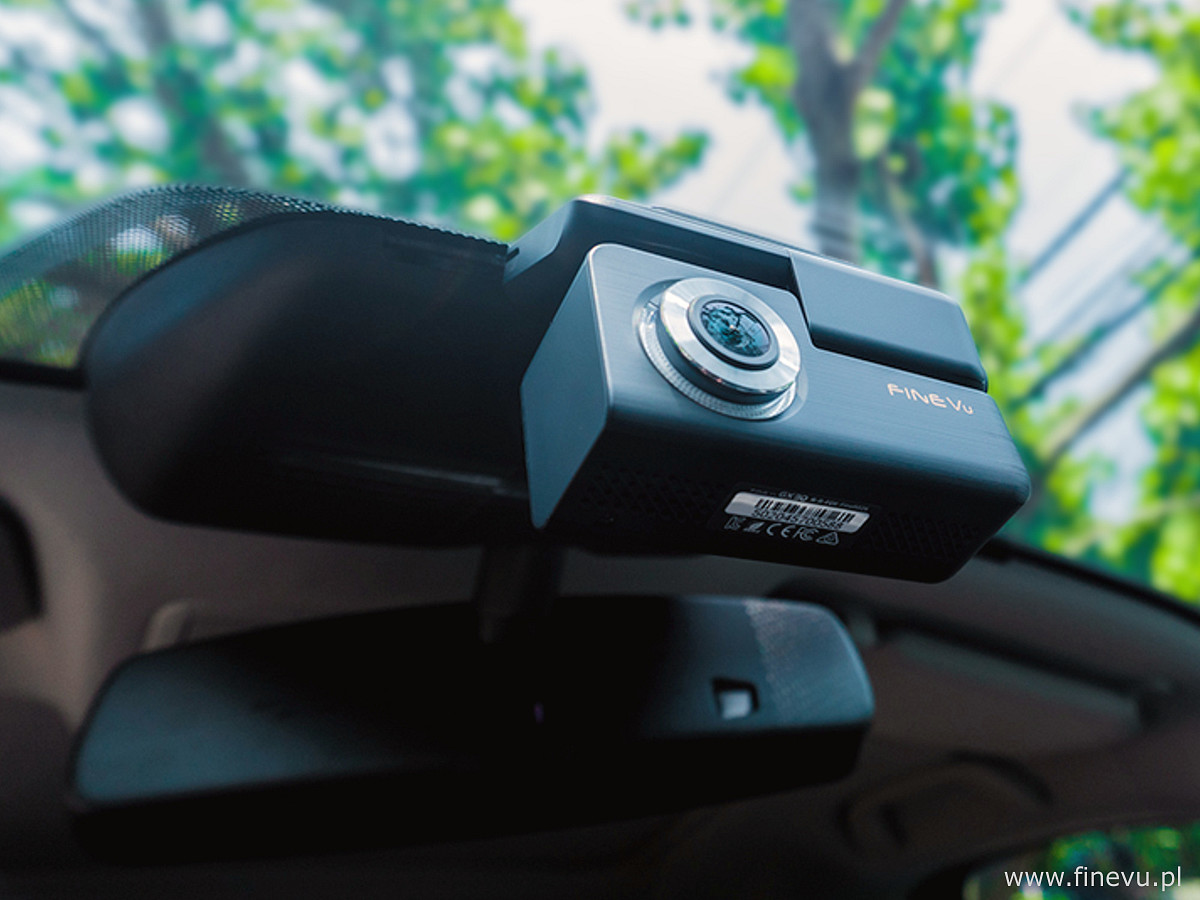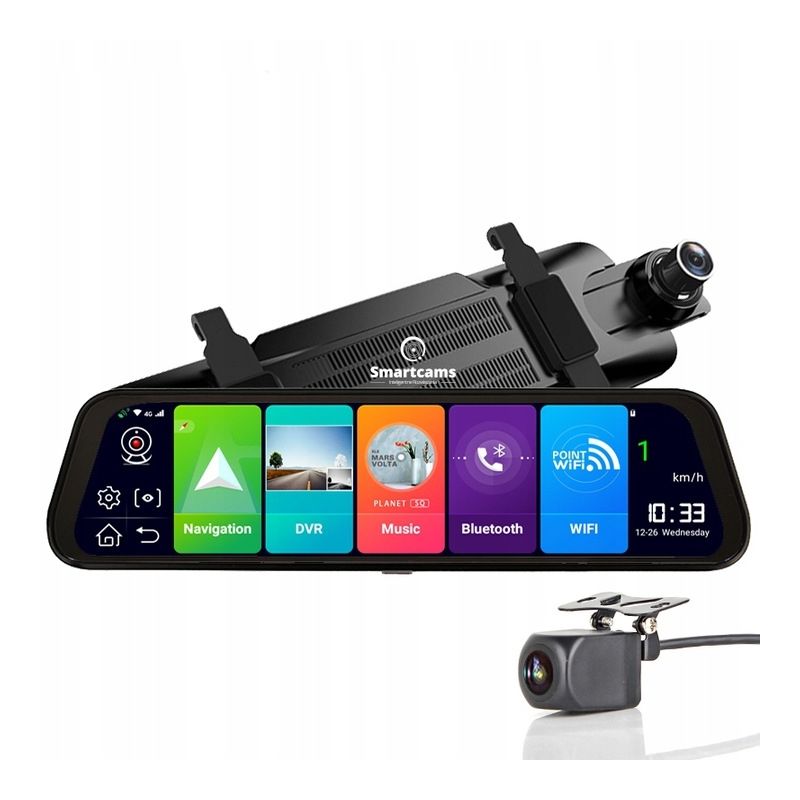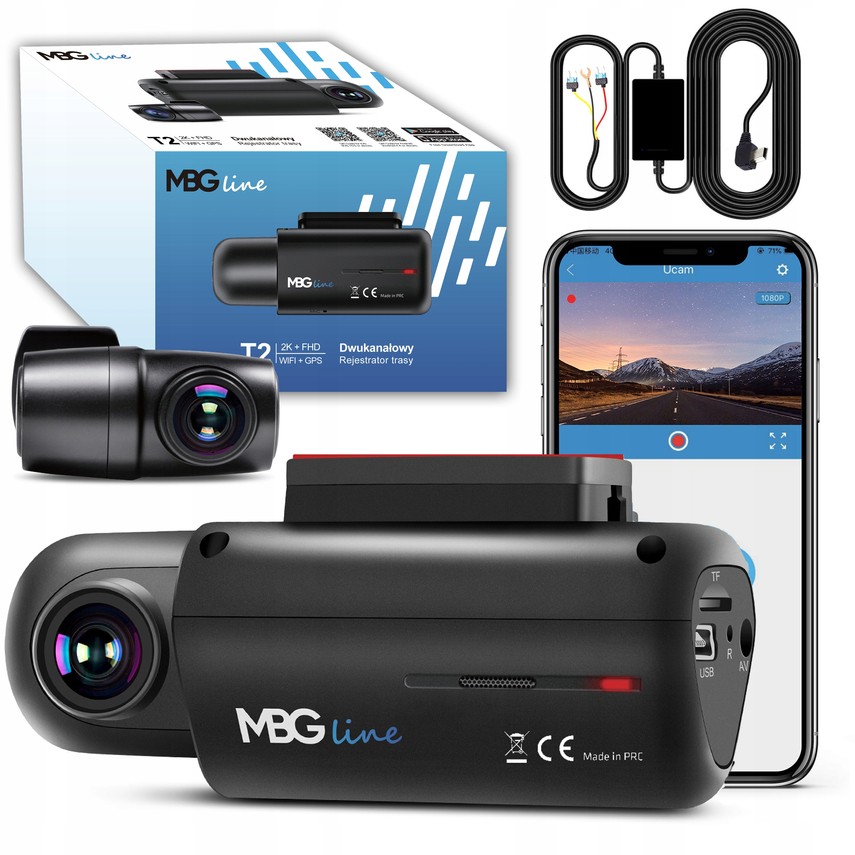
Kamera samochodowa rejestrator trasy parking 2K+FHD GPS WIFI - bezprzewodowe systemy alarmowe gsm ERDA electronic
Wideo rejestrator NEOLINE X27 Dual GPS fotoradary G-Tech X72 za 599 zł z Rzeszów - Allegro.pl - (11153218413)
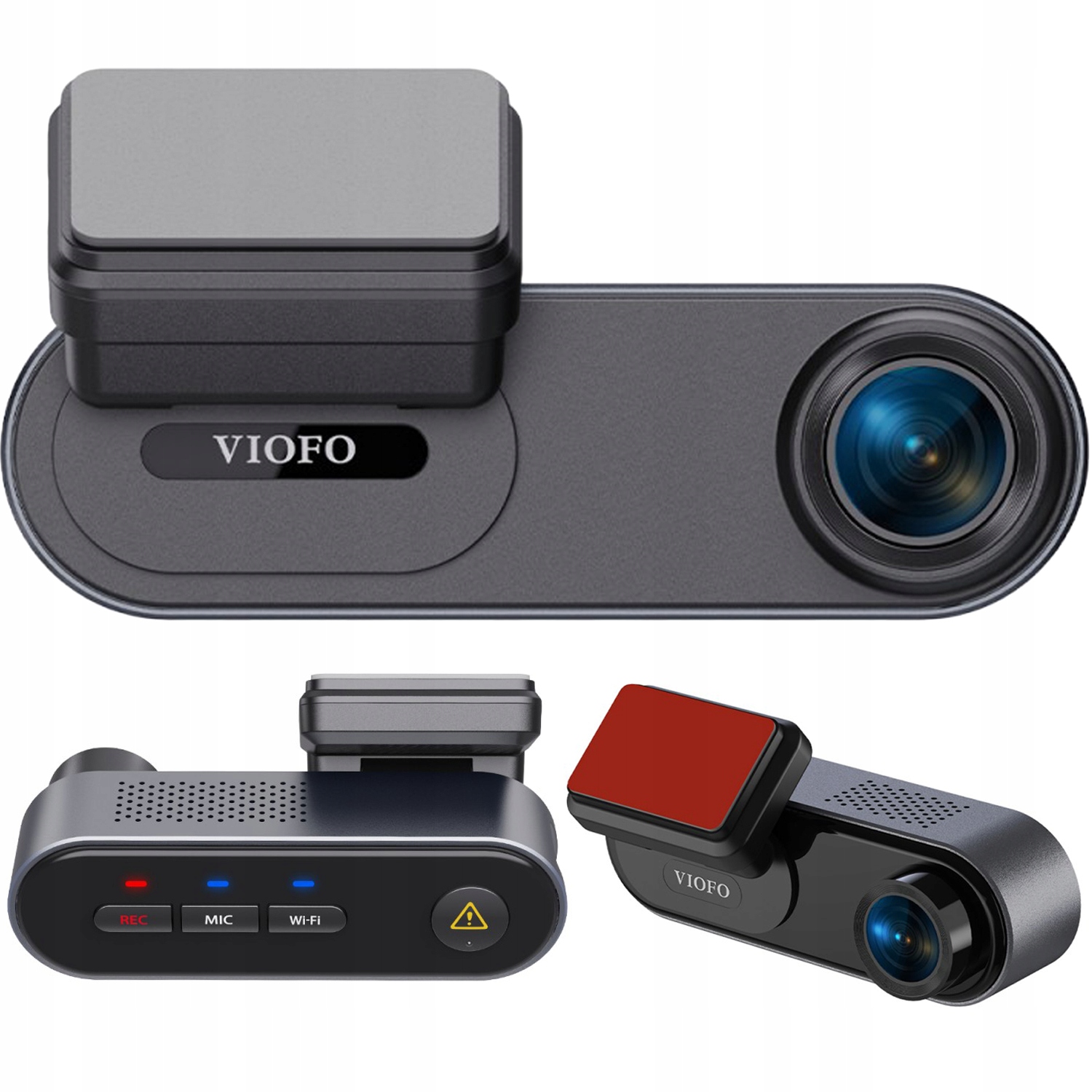
Kamera Rejestrator VIOFO WM1 GPS WIFI BT QHD - Zabezpieczenia i akcesoria , Kamery Samochodowe Wideorejestratory – Serwis Fox
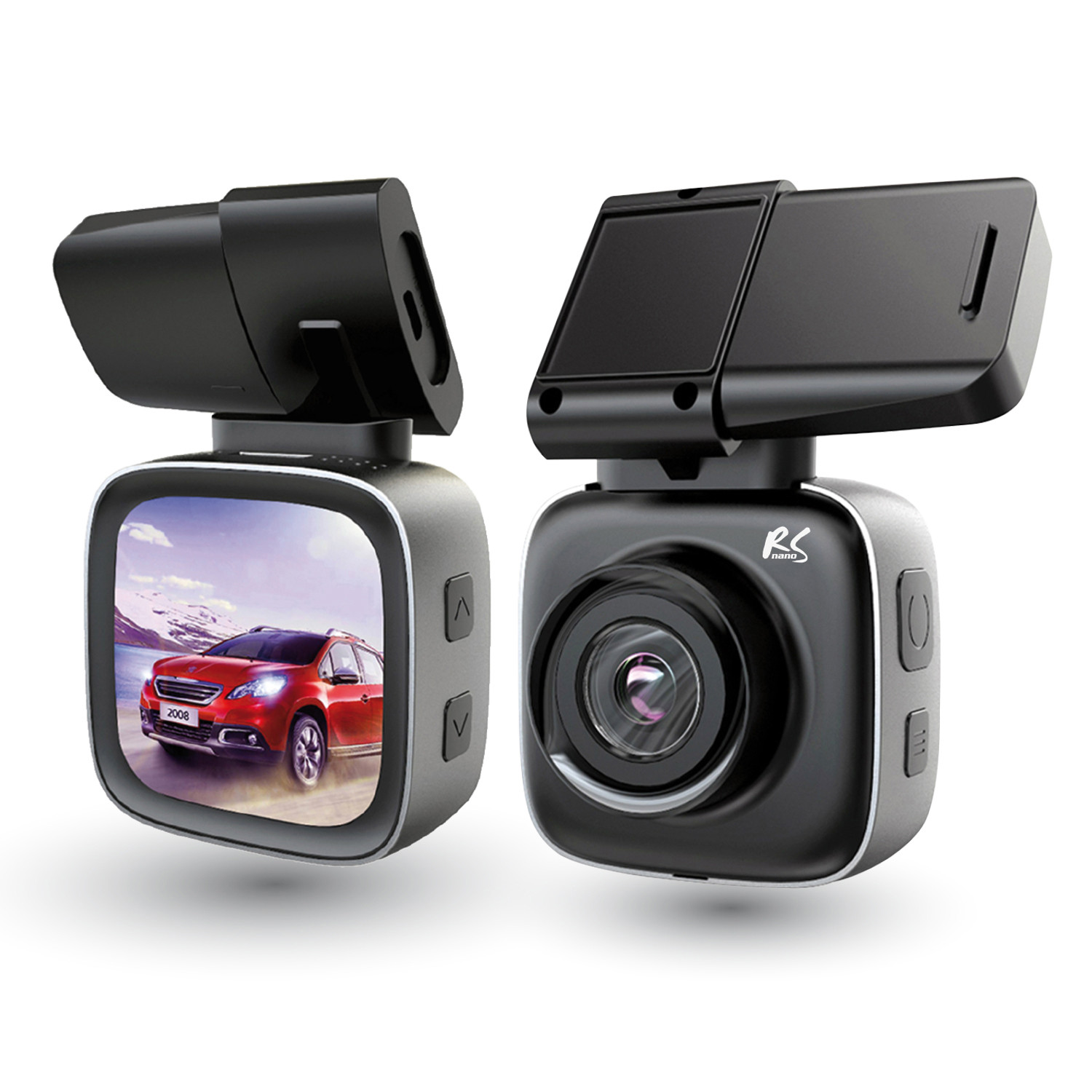
Rejestrator samochodowy kamerka z GPS WiFi NanoRS RS200, magnetyczny uchwyt, sensor SONY Exmor IMX (IMX323) | centrumelektroniki.pl
Rejestrator Kamera cofania Nawigacja GPS ADAS WiFi HE 85 za 989,99 zł z Wrocław - Allegro.pl - (12212476324)
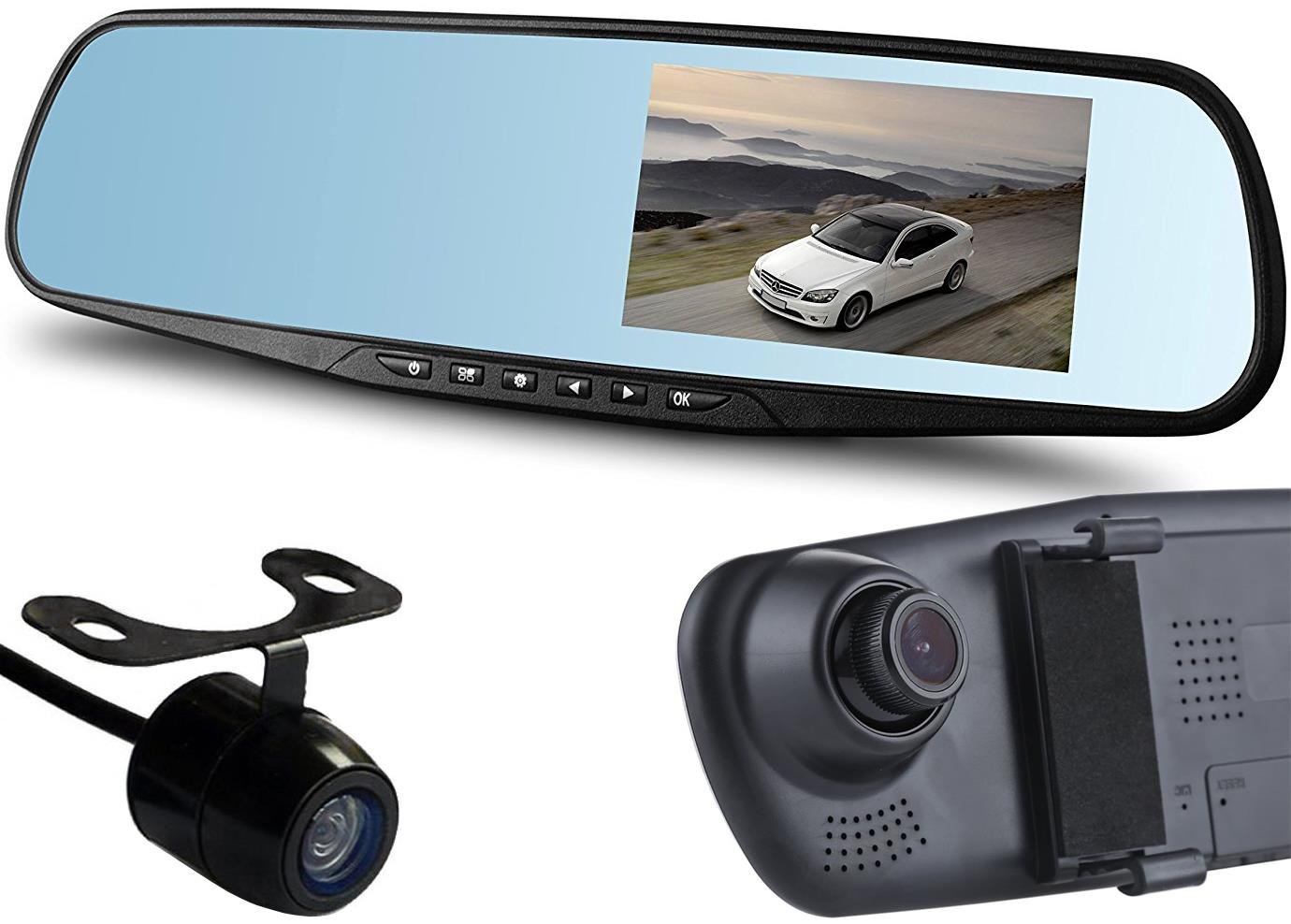
Rejestrator jazdy DVR w lusterku 4,3" z kamerą cofania | ELEKTRONIKA \ GPS i Rejestratory jazdy | Hoalte Sp. z o.o.
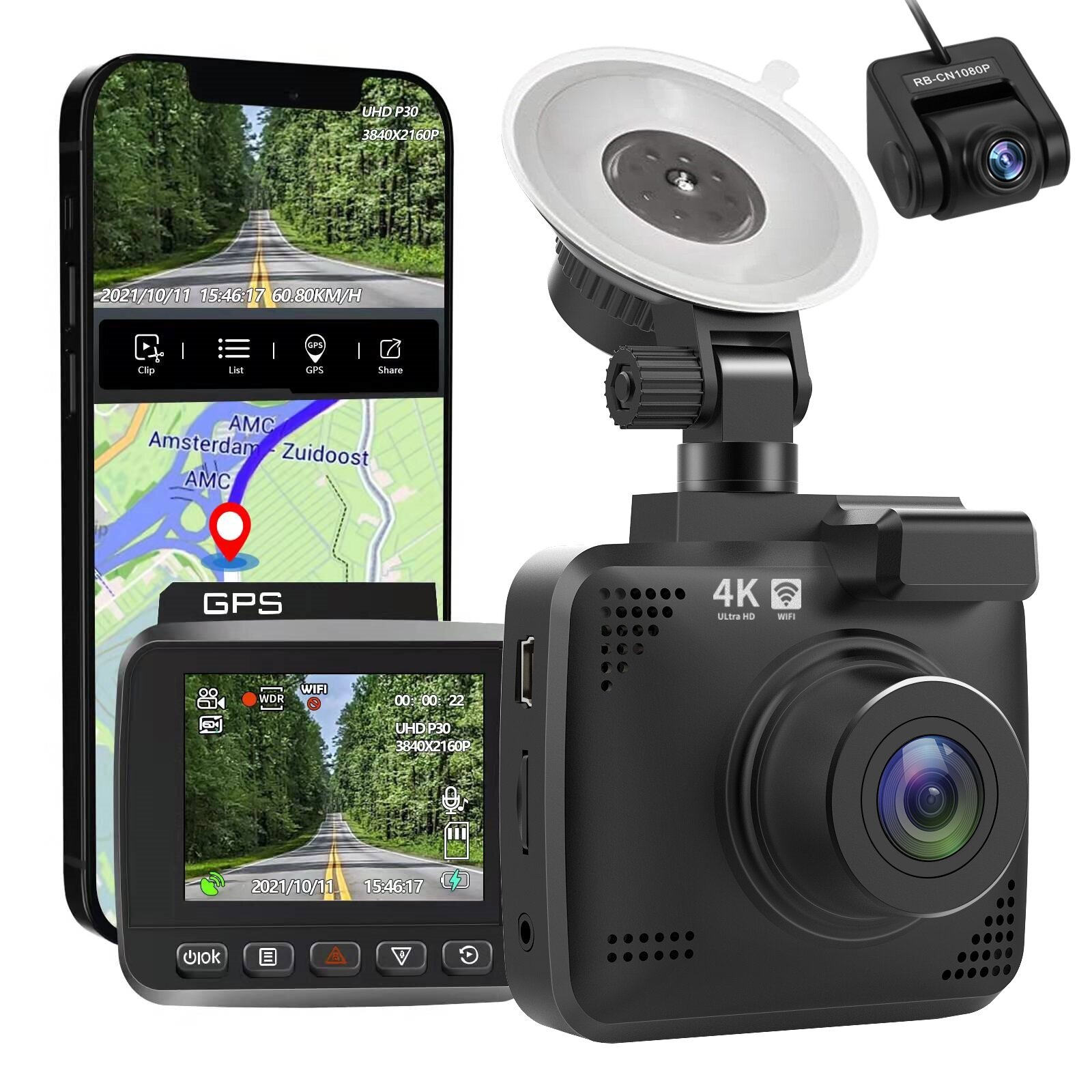
V53/V53 + 4K kamera na deskę rozdzielczą Wbudowana WiFi GPS Samochodowy rejestrator kamery na desce rozdzielczej z UHD 2160P 170 ° Szerokokątny WDR Night Vision Wyprzedaż - Banggood Polska sold out-arrival notice-arrival







